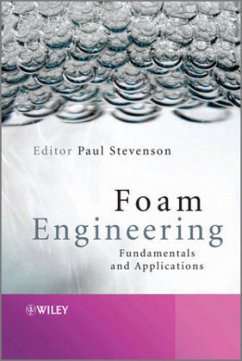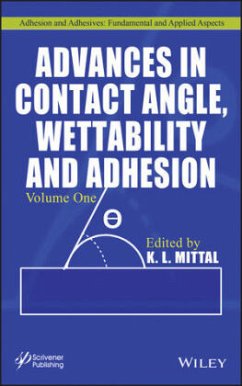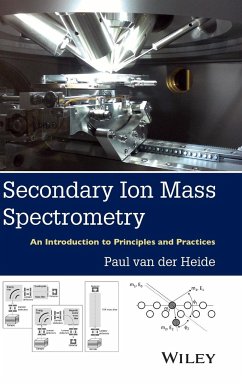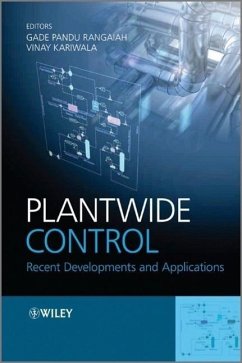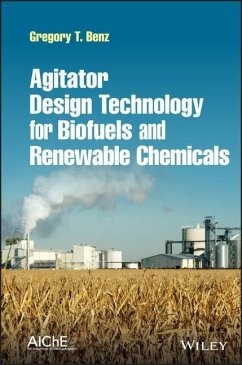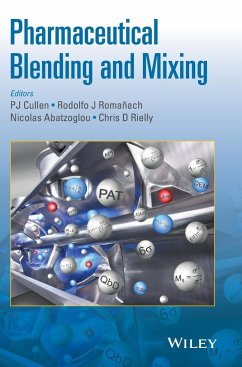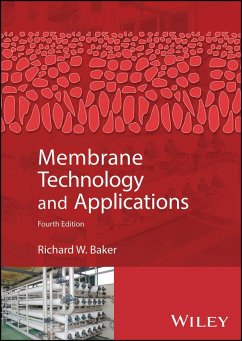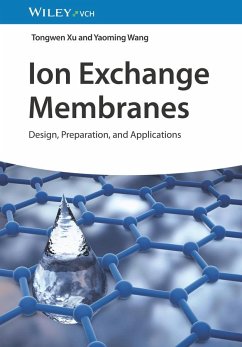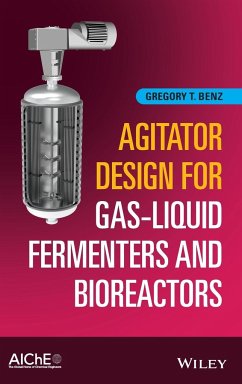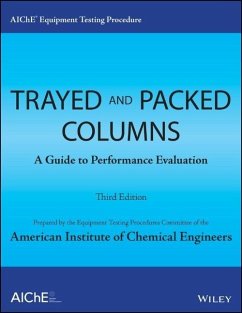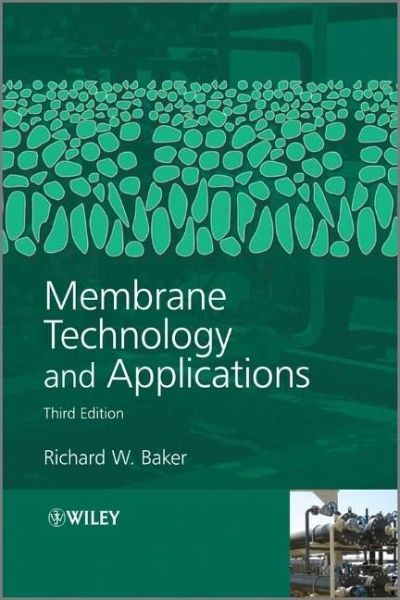
Membrane Technology and Applications
Versandkostenfrei!
Versandfertig in über 4 Wochen
122,99 €
inkl. MwSt.
Weitere Ausgaben:

PAYBACK Punkte
61 °P sammeln!
This completely revised edition features new material covering membrane research topics including biofuels and greenhouse gases, fuel cells, and medical applications such as blood purification, artificial organs, and tissue engineering. The coverage presents the basic science and engineering of membrane technology and describes the technology applications while consistently relating them back to the science. It also describes practical uses and how-tos for a broad range of application areas. Highly illustrated with comprehensive and current reference listings, this text gives graduate level students and industrial workers a balanced overview of membrane technology.
"... the best handbook on membrane technology, which is currently on the market... " -Membrane News (on the previous edition)
Building on the success of the previous edition, Membrane Technology and Applications Third Edition provides a comprehensive overview of separation membranes, their manufacture and their applications. Beginning with a series of general chapters on membrane preparation, transport theory and concentration polarization, the book then surveys several major areas of membrane application in separate chapters. Written in a readily accessible style, each chapter covers its membrane subject thoroughly, from historical and theoretical backgrounds through to current and potential applications. Topics include reverse osmosis, ultrafiltration, pervaporation, microfiltration, gas separation and coupled and facilitated transport; chapters on electrodialysis and medical applications round out the coverage.
NEW TO THE THIRD EDITION
New sections on the use of membranes in the chlor-alkali industry, membrane distillation, pressure retarded osmosis and constant flux-variable pressure ultrafiltration
Zeolite and ceramic membranes, submerged membrane modules, and fuel cell membranes
Substantially enhanced chapters on ultrafiltration, pervaporation and membrane contactors
Updates to every chapter to reflect the developments in the field
Building on the success of the previous edition, Membrane Technology and Applications Third Edition provides a comprehensive overview of separation membranes, their manufacture and their applications. Beginning with a series of general chapters on membrane preparation, transport theory and concentration polarization, the book then surveys several major areas of membrane application in separate chapters. Written in a readily accessible style, each chapter covers its membrane subject thoroughly, from historical and theoretical backgrounds through to current and potential applications. Topics include reverse osmosis, ultrafiltration, pervaporation, microfiltration, gas separation and coupled and facilitated transport; chapters on electrodialysis and medical applications round out the coverage.
NEW TO THE THIRD EDITION
New sections on the use of membranes in the chlor-alkali industry, membrane distillation, pressure retarded osmosis and constant flux-variable pressure ultrafiltration
Zeolite and ceramic membranes, submerged membrane modules, and fuel cell membranes
Substantially enhanced chapters on ultrafiltration, pervaporation and membrane contactors
Updates to every chapter to reflect the developments in the field



